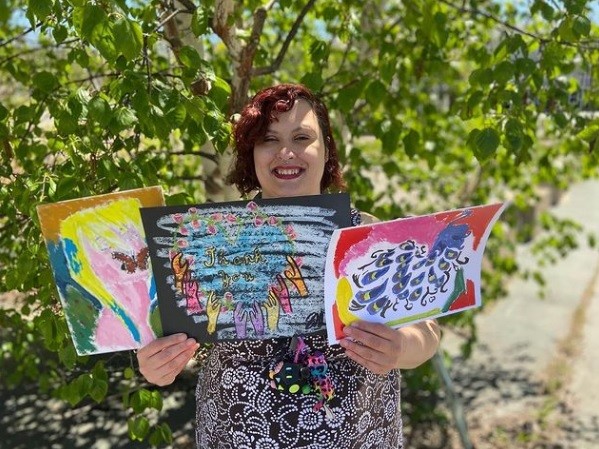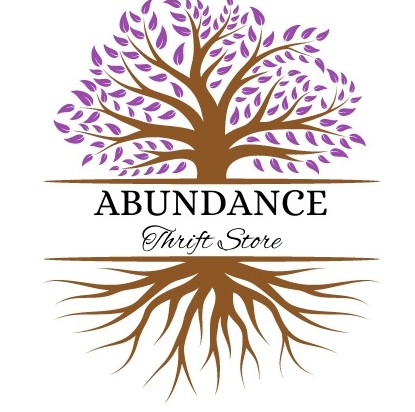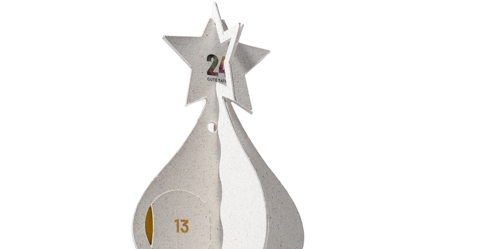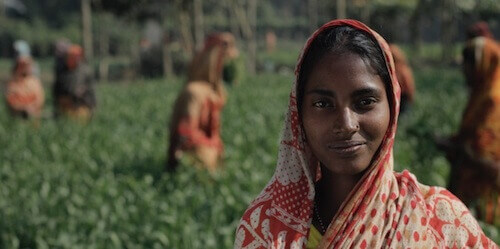 LIFTING UP NOVA SCOTIA’S MOST LEFT BEHIND
LIFTING UP NOVA SCOTIA’S MOST LEFT BEHIND
Empowering Women and Gender-Diverse People through Personal Development
When people hear "Nova Scotia", many people likely think of our many beautiful shorelines, historical lighthouses, the mesmerizing Atlantic Ocean, delicious seafood, and a friendly population. However, as with all of Canada’s provinces and territories, many people in Nova Scotia experience inequality, inequity, injustice, oppression, and marginalization. Using an intersectional lens, which involves understanding that each individual’s unique characteristics, circumstances, and histories intertwine to create different experiences, it becomes easier to comprehend who our province’s most vulnerable populations are. Women, girls, and gender-diverse individuals in Nova Scotia who have experienced, most often simultaneously, poverty, abuse, poor health, and criminalization, are some of the most marginalized and vulnerable people in our province. Our primary clientele encompasses these people and we strive to improve their lives through programming, services, housing, and advocacy.
Necessity
Personal empowerment for marginalized women, girls, and gender-diverse people in Nova Scotia who have been criminalized
Activity
Personal empowerment programming, geared towards healing, accountability, and skill development.
Countable effort
5,000 GOOD DEEDs will give 417 hours of personal empowerment programming.
Result
The GOOD DEED will increase the number of people being helped to heal, become accountable, and gain self-sufficiency.
Systemic effect
Through healing and achieving self-sufficiency, marginalized women, girls, and gender-diverse people will experience smooth community reintegration, reducing likelihood of repeated crime.
Background
We comprehend criminalization of women and gender-diverse people as a form of gender-based violence and approach these experiences through an intersectional lens. This entails understanding that injustices and inequities associated with criminalization, and other forms of violence and oppression, can be attributed to individuals’ unique, intertwining identities and situations, such as those related to race, colonial history, socio-economic status, sexuality, and gender identity. Viewing inequity, injustice, and violence through an intersectional lens is valuable, as it allows us to comprehend how experiences of oppression and discrimination go beyond gender (Canadian Women’s Foundation, 2022). Therefore, certain populations in Canada are at a higher risk of experiencing all forms of injustice and violence, including criminalization, than others. For example, only six per cent of the Nova Scotian population is Indigenous, but Indigenous women make up 15 per cent of Nova Scotia’s total female federal inmates (CBC, 2021; Saltwire, 2021). Further, many criminalized women and gender-diverse people come from backgrounds of poverty, abuse, difficult family dynamics, and poor employment and education access. Due to their backgrounds, many of our clients face major barriers to achieving overall wellness, self-sufficiency, and empowerment, which are all essential to smooth community reintegration, and subsequently reducing future crime, after criminalization and incarceration.
The good deed
The goal of this GOOD DEED is to empower our clients, criminalized women, girls, and gender-diverse individuals, through systems of compassion, accountability, and healing. Through this journey, our clients become equipped to overcome barriers to community reintegration, such as social isolation; abuse; substance abuse; poor employment access; and unhealthy relationships. We mitigate these barriers by offering: Beyond Trauma, a guide through the process of trauma and steps to recovery; Relapse Prevention, workshops focused on managing substance use; Healthy Relationships/Women for Change, a five-week program addressing barriers to healthy relationships; STOP Lifting, a program with the goal of exploring shoplifting-associated behaviours; and Abundance, which provides participants with employment skills and enhances holistic wellbeing. Through their participation, our clients will be able to overcome community reintegration barriers, preventing relapse into criminal activity.

About Dartmouth and Halifax, Canada
Capital of Nova Scotia
Halifax
Population Halifax
metropolitan area
465,703
Nova Scotia
969,383 (2021)
GDP per capita
52,390 CAD$
second lowest of the 13 provinces and territories
HDI 0,909 (2021)
11th rank of the 13
Nova Scotia has over 13,000 km of coastline. Nova Scotia’s waters have 12 whale species.
About the organization and further information

Elizabeth Fry Society of Mainland Nova Scotia
Website
Further information and source
- • Canadian Women’s Foundation. “Intersectional Feminism in Canada.” Canadian Women’s Foundation, Canadian Women’s Foundation, 15 June 2022, canadianwomen.org/the-facts/intersectional-feminism/.
- • Major, Darren. “Indigenous Women Make up Almost Half the Female Prison Population, Ombudsman Says.” CBC, CBC News, 18 Dec. 2021, www.cbc.ca/news/politics/indigenous-women-half-inmate-population-canada-1.6289674.
- • Campbell, Francis. “Scales of Nova Scotia’s Justice System Do Not Balance for Black, Indigenous People | SaltWire.” Www.saltwire.com, Saltwire Network, 1 Mar. 2021, www.saltwire.com/nova-scotia/news/scales-of-nova-scotias-justice-system-do-not-balance-for
- • Sparks, Kyah. “Formerly Incarcerated Women in Nova Scotia Share Their Stories.” CBC, CBC News, 11 Aug. 2022, www.cbc.ca/news/canada/nova-scotia/incarcerated-women-elizabeth-fry-society-experiences-prisoner-s-justice-day-1.6548602.
- • Immigration, Refugees and Citizenship Canada. “Learn about Nova Scotia.” Canada.ca, Government of Canada, 9 Feb. 2012, www.canada.ca/en/immigration-refugees-citizenship/services/new-immigrants/prepare-life-canada/provinces-territories/nova-scotia.html.




